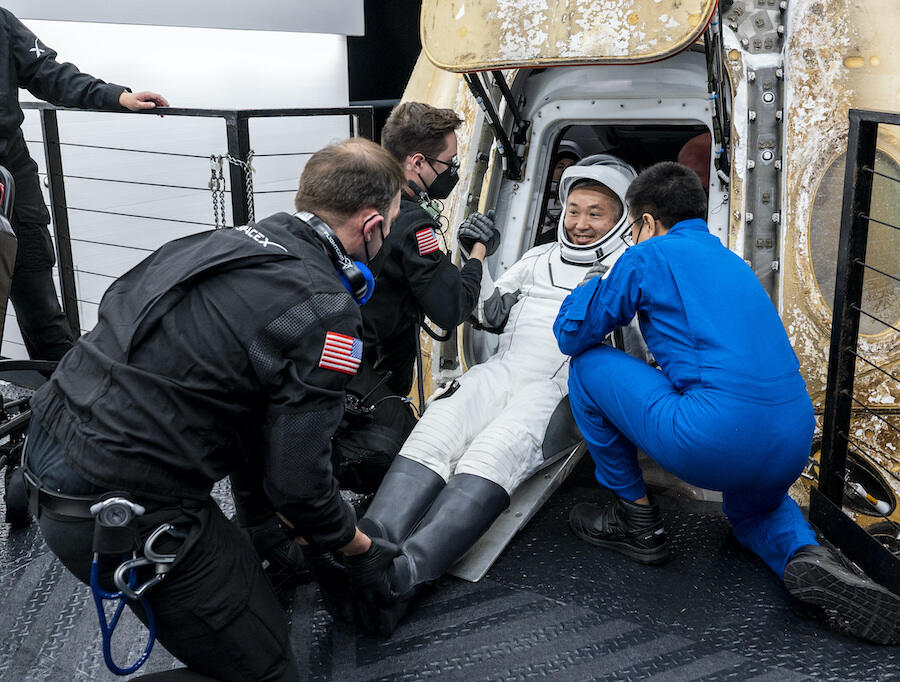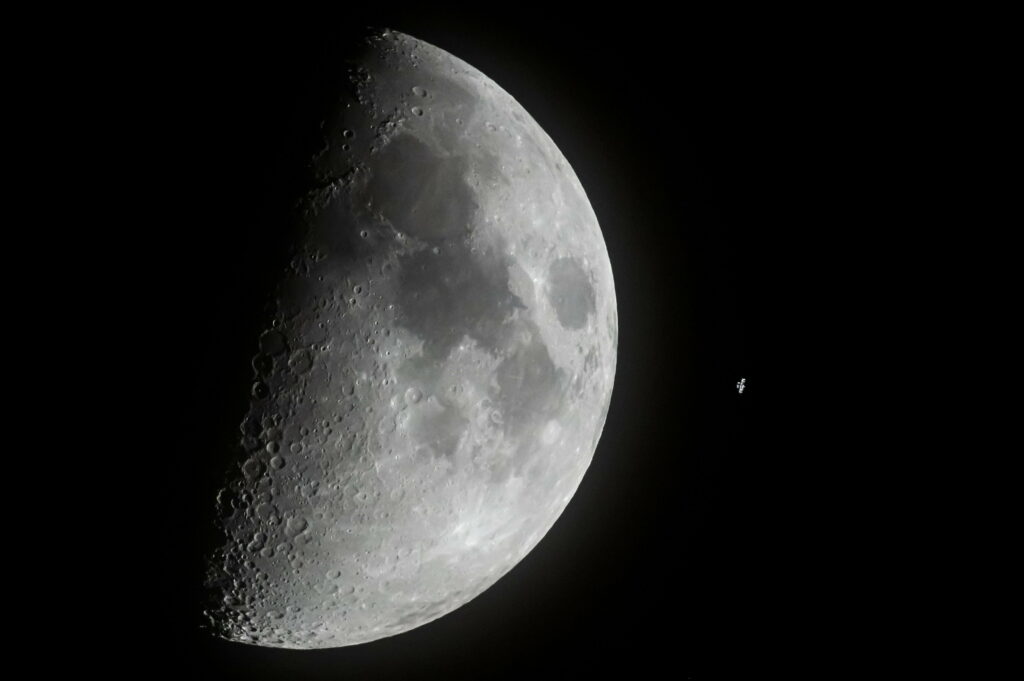Wed, Jun 14th 2023

(Keystone SDA) Two Swiss research projects receive tiny grains of the famous asteroid Ryugu for study purposes.
They want to use it to find out where the water on our planet comes from, according to a statement from the University of Lausanne on Tuesday.
“Ryugu is around 4.6 billion years old,” said Nicolas Graber, research officer at the Natural History Museum of Geneva (NHMG). He is co-initiator of one of the two Swiss research projects selected by the Japanese Space Agency (Jaxa). In addition to the joint project by NHMG and Unil, researchers from the Swiss Federal Institute of Technology in Zurich (ETH Zurich) are also receiving asteroid dust.
The asteroid Ryugu thus dates from the time when our solar system and the planets formed, Gerber continues. According to the Geneva researcher, the special thing about the Ryugu samples is that they were obtained directly from the asteroid.
Unlike meteorites, of which rock samples of similar age have previously existed, the rock particles from Ryugu have not flew defenselessly through Earth’s atmosphere or mixed with any elements on Earth. The researchers can therefore examine the samples as they were found on the asteroid.

Japanese astronauts brought just 5.4 grams of the asteroid Ryugu to Earth in 2020. The Swiss scientists are examining grains of the asteroid, which are 50 to 100 micrometers in size and about as thick as a hair.
The ETH Zurich project is investigating the noble gases trapped in the samples. The French-speaking Swiss research project focuses its analysis on two minerals: sulfides and apatites. Among other things, these analyzes should reveal information about the type of fluid that flowed through Ryugu.
“We will try to reconstruct the composition of the oldest water in Ryugu and find out whether its chemical signature is comparable to the water on our planet”, explained Gerber.
This article was reprinted with permission from Keystone SDA.
